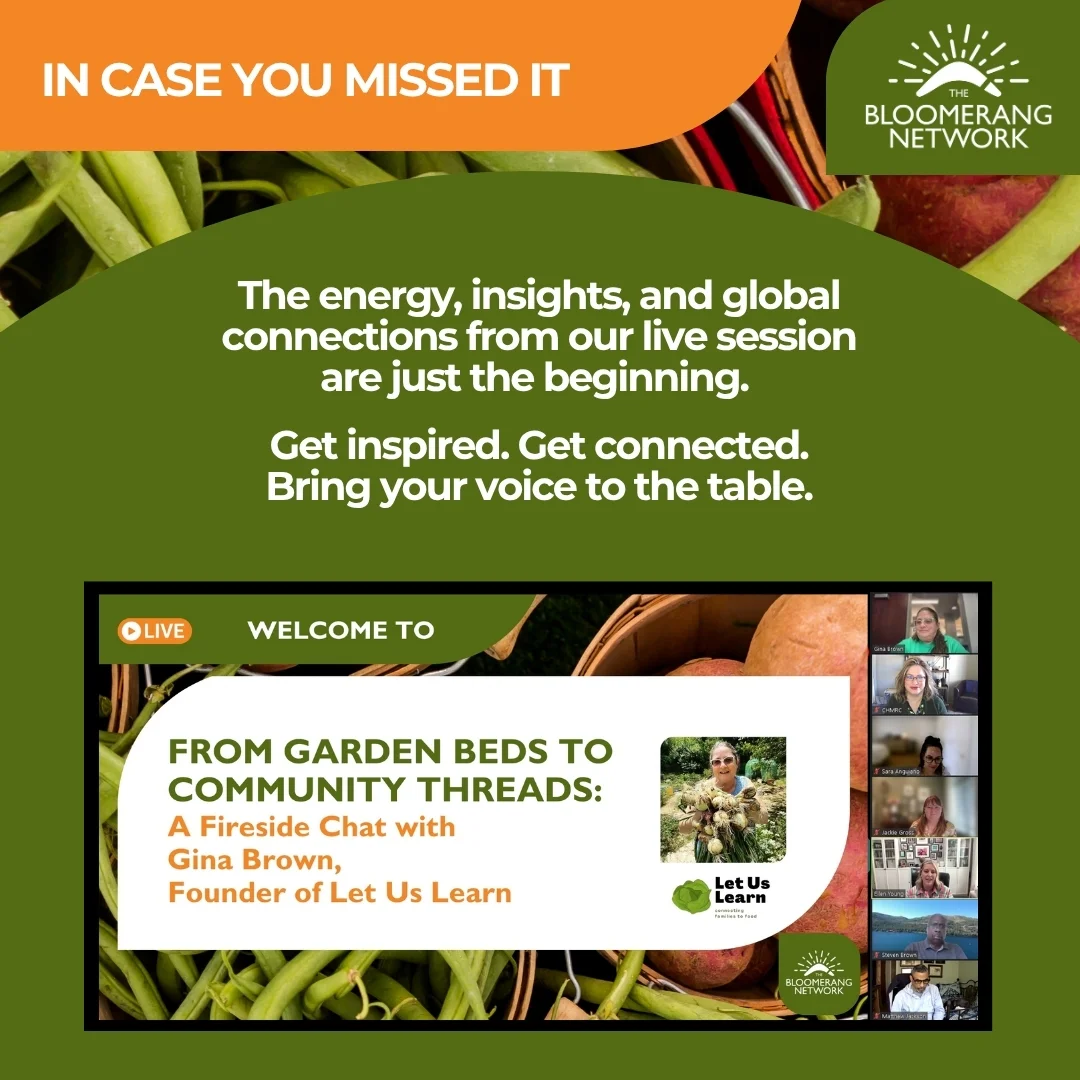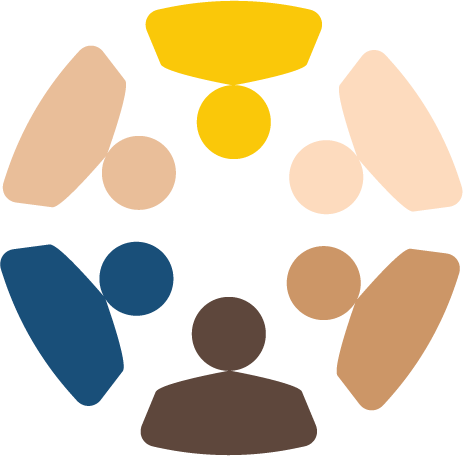
In small towns and urban pockets alike, something remarkable happens when people come together over food. Not just any food – but food they’ve grown, nurtured, shared. It’s not about flashy initiatives or expensive programs. It’s about neighbors showing up early with stools in hand, kids giggling in line for veggies, and master gardeners teaching the next generation how to save seeds. It’s about connection. It’s about dignity. It’s about community.
This is the spirit behind Let Us Learn, an intergenerational, volunteer-powered movement fighting food insecurity in the most local, meaningful way possible – through gardens, education, and relationships.
And it’s needed now more than ever.
What Is ALICE – and Why It Matters
If you’ve never heard of ALICE, you’re not alone. The acronym stands for Asset Limited, Income Constrained, Employed. These are the folks who earn too much to qualify for traditional assistance but not enough to cover basic needs without constant trade-offs, like choosing between paying rent or buying groceries.
They’re the backbone of our communities: educators, health aides, gig workers, parents. And they’re showing up 15–20 minutes early to Let Us Learn distributions, sometimes with children in tow, because every tomato, every loaf of fresh bread, every seed packet makes a difference.
From Seed to Salad: What Community Really Looks Like
For Let Us Learn founder Gina Brown, the impact of this work comes to life in stories, not stats.
Like the student who said, “I’ve never tried kale, but I grew it, so I think I should.” Or the kids who carefully divvied up cherry tomatoes so everyone could take some home. Or the grandmother-grandchild duos who bonded over home garden kits during lockdowns when connection and purpose felt scarce.
And then there are the schools. With just a few boxes, a champion educator, and a little fence to keep out the squirrels, entire school communities are getting involved, learning where food comes from, how it grows, and why it matters.
One counselor shared that the school garden became a calming place for kids having hard days – a place to see growth, smell possibility, and touch something hopeful.
Volunteerism That Grows Deep Roots
Gina leads a mighty movement with just two staff members and nearly 70 volunteers. Not all show up every week, but when a call goes out for help, hands are raised. That’s the power of trust, consistency, and a shared mission.
It’s not flashy. There’s no big headquarters. Their greenhouse is borrowed space behind a local high school. But it works. Because it’s built on relationships, not just resources.
From One Garden to a Nationwide Movement?
Here’s the exciting part: this model is scalable. With the right support, local schools, PTOs, and community groups can replicate it. Gina even offers to talk directly with anyone interested in starting something similar.
Want to bring this to your school or community? Reach out. Or better yet – support the work.
$1. $2. Whatever you can give. It all helps Let Us Learn keep teaching, feeding, and growing.
And if you’re part of The Bloomerang Network, this is the kind of grassroots brilliance we exist to lift up. The kind of conversation, like the one between Ellen and Gina, that sparks new action, shared purpose, and real impact. Watch the recap here link
Because community resilience doesn’t start in a boardroom. It starts in the garden.
🌱 Want to learn more or get involved? Visit Let Us Learn or join the conversation on The Bloomerang Network by joining today.
- 📬 Sign up for our newsletter
- 💬 Learn more about The Bloomerang Network
- 💬 Join The Bloomerang Network

 CHMRC Community Network
CHMRC Community Network